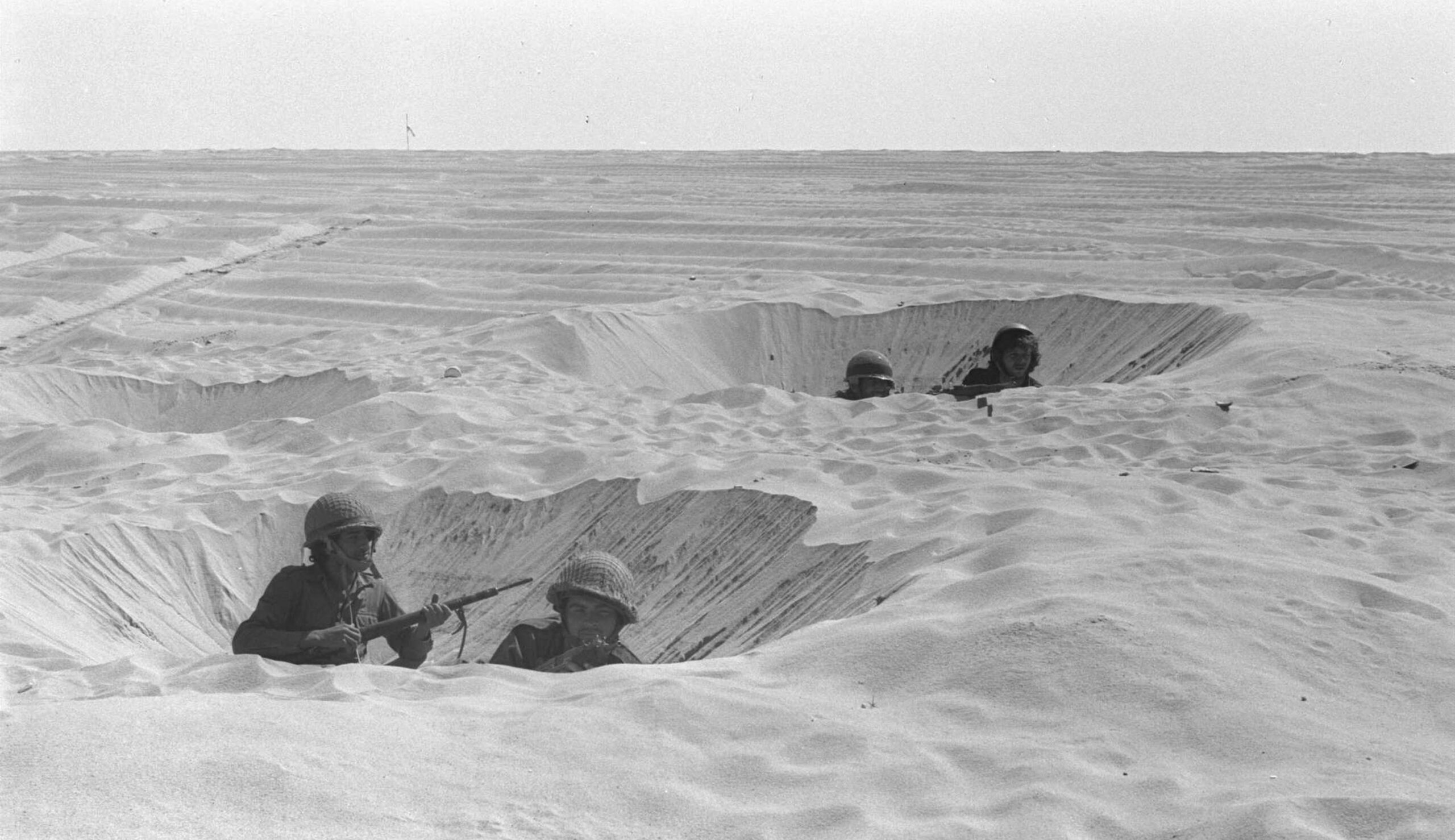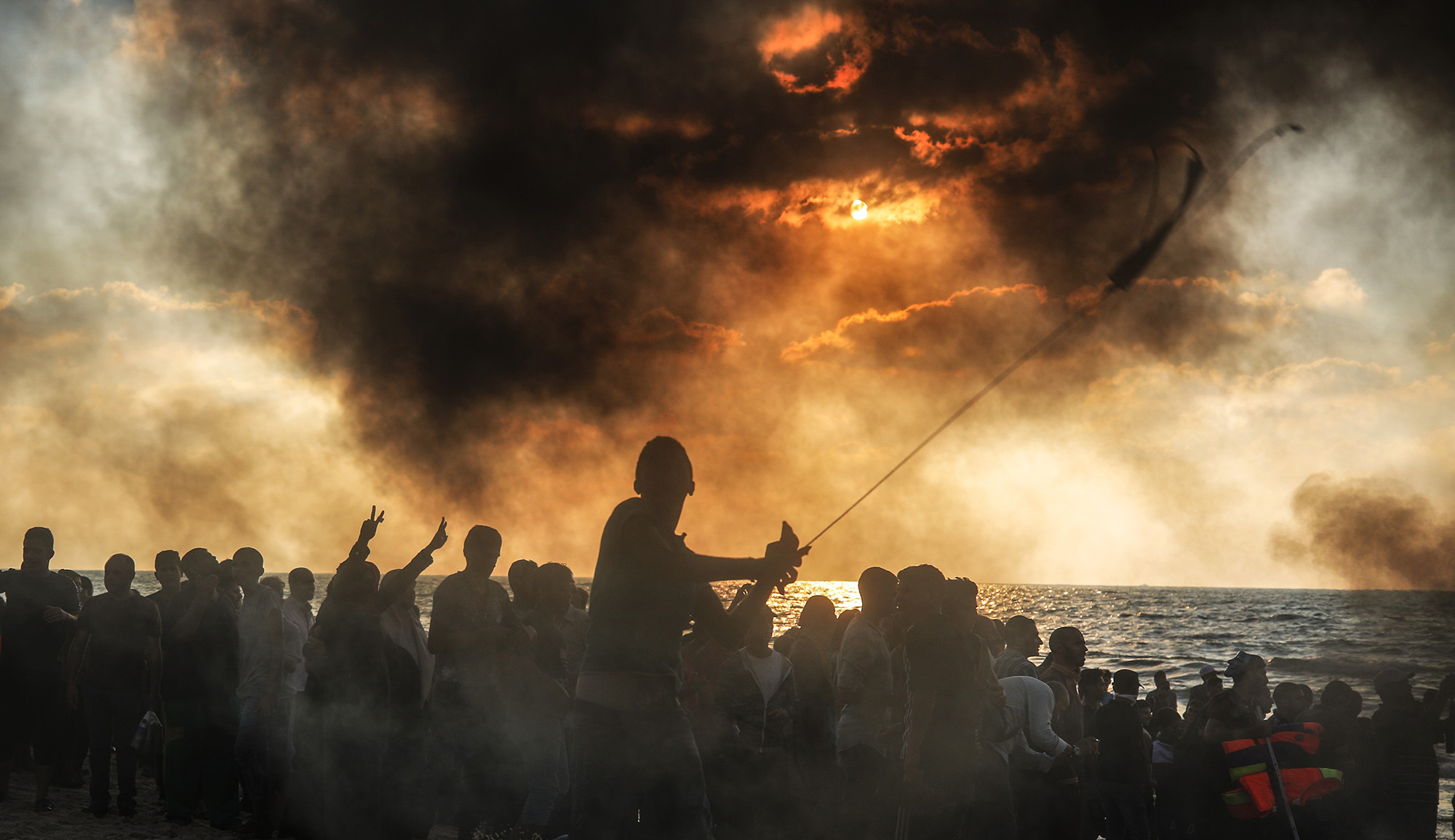In the 1990s, the Northern Branch of the Islamic Movement (since outlawed by Israel as a terrorist group), together with the Jordan-run waqf, which administers Muslim holy sites in Jerusalem, decided to build a large new mosque on the Temple Mount. To enable construction—and in violation of Israeli law—thousands of tons of dirt were removed from the Mount, thus making impossible a proper archaeological excavation where artifacts can be evaluated based on where they were found, but also making a huge quantity of artifacts accessible to Israeli researchers. Gabriel Barkay and Zachi Dvira, realizing this, began the Temple Mount Sifting Project, staffed largely by volunteers, in which the dirt is mined for archaeological treasure. Here they report on some of their most significant finds, beginning with some of the oldest:
The finds . . . include five arrowheads; three are made of iron and the other two are made of bronze. One of these bronze arrowheads dates to the beginning of the First Temple period (10th century BCE) and is Judahite, the other dates to the last days of the Temple [6th century BCE] and is Babylonian. It was likely shot into the city by the Babylonian army during the attack which led to the destruction of the Temple by Nebuchadnezzar in 586 BCE. . . .
To date, the Sifting Project has recovered more than 6,000 coins, ranging from the first Judean coins minted during the Persian period (tiny silver coins dating from the 4th century BCE) to others minted in modern times. These coins attest to the rich past of the Temple Mount. A particularly exciting find is a rare silver coin minted during the first year of the Great Jewish Revolt against Rome (66/67 CE). The coin features a branch with three pomegranates and an inscription in ancient Hebrew script reading “holy Jerusalem.” The reverse side of the coin features an omer (an ancient half-cup measuring unit) and is inscribed “half shekel.” The coin is well preserved although it bears scars of the conflagration that destroyed the Second Temple in 70 CE. . . .
Finds from the Byzantine Period (324–638 CE) include about a half-million mosaic tesserae which are unique in their size and style, thousands of roof-tile fragments, [and] pieces of Corinthian capitals and chancel screens from church structures and floor tiles. The plethora of Byzantine-period artifacts stands in contrast to the commonly held view that in the Byzantine era the Temple Mount was desolate or, according to some sources, a garbage dump. Clearly, this view is mistaken.
It is especially worth noting that the remains of church structures contradict the commonly held belief that there were no churches on the Temple Mount during this period. In fact, one of the authors (Dvira) discovered unpublished archival evidence of a Byzantine mosaic floor that lies under the earliest phase of the al-Aqsa mosque.
More about: Ancient Israel, Archaeology, Byzantine Empire, History & Ideas, Islamic Movement, Jerusalem, Temple Mount


